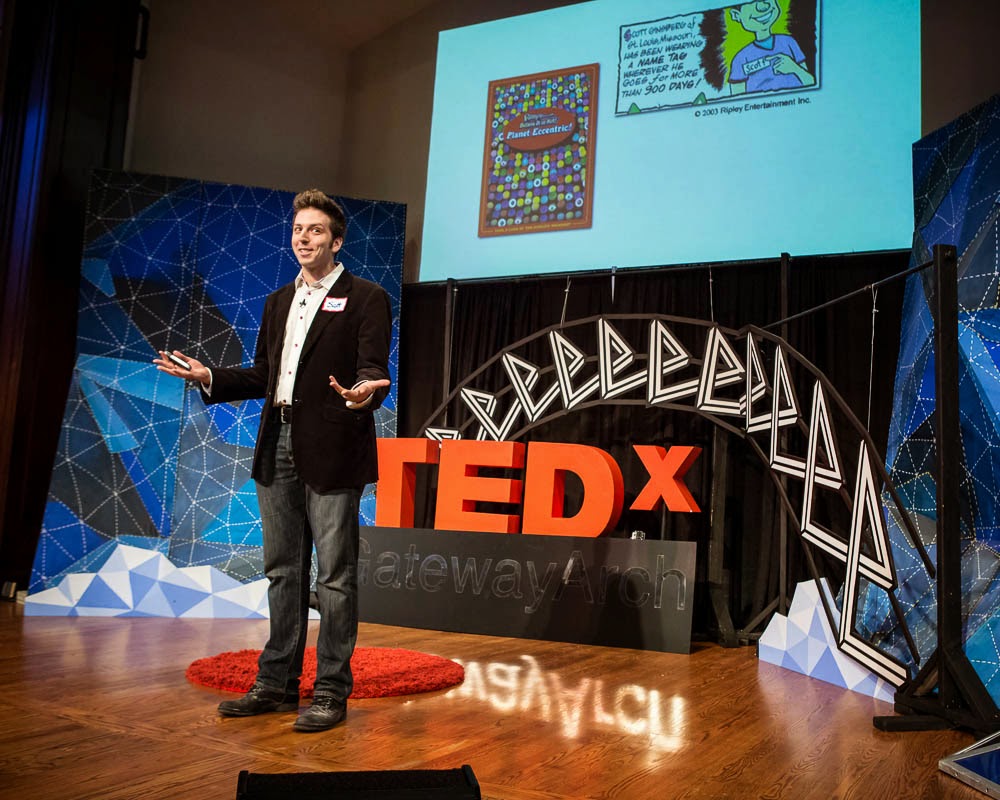

All creativity begins with the moment of conception.
That little piece of kindling that gets the fire going. That initial source of inspiration that takes on a life of its own. That single note from which the entire symphony grows. That single spark of life that signals an idea’s movement value, almost screaming to us, something wants to be built here.
And so, in this blog series, I’m going to be deconstructing my favorite moments of conception from popular movies. Each post will contain a video clip from a different film, along with a series of lessons we can learn from the characters.
Today’s clip comes from the writing scene in A River Runs Through It:
What can we learn?
Habits are more important than incidents. There’s no such thing as farmer’s block. If ranchers don’t tend to their crops and animals and land every day, there is no harvest. Unlike artists, they don’t have the luxury of even thinking about creative blocks. When the sun comes up, they go to work. And while their progress may range from dull to spectacular, they still accept both as part of the process. The goal, then, is to build a daily architecture for maximizing the creative process. Because in our daily practice, success is not measured by the distance covered, but by the marks and angles that are formed. On the work, on ourselves and on the world. Norman is deeply frustrated with his father’s teaching style. As a young boy, it’s hard for him to appreciate the value of such discipline. But he learns to love what’s good for him. And in the end, his father’s foundation of habit and consistency is exactly what enables him to become an award winning author and renowned professor of literature. Graeber was right when he said, anyone not willing to submit themselves to some kind of intense work discipline for most of their waking hours deserves nothing. What do you consider a successful creative outing?
Love the labor, let go of the fruit. Norman finally gets the writing correct, at which point his father he tells him, good, now throw it away. The look on the kid’s face is priceless. Five more seconds, and he would have wadded up that paper and hurled it at his dad’s face. But I understand his anger. Detachment is a painful lesson for any young artist to learn. To see each day’s work as the death of what came before. To free yourself of any sense of attachment. To accept that nothing you created in the past matters anymore, other than it brought you here. Who has the patience for that? I’m reminded of the first time I tried forced vomiting, which is the daily ritual of emotional release through three pages of free writing. What’s hard about the process is, you never save the pages. Everything you write is off the record. It’s a never before, never again moment. And since the impulse to make things on the record is a primary characteristic of human beings, it’s liberating as hell to fight it every once in a while. But after sticking with ritual for over a decade, I’ve finally come to realize something. Art doesn’t have to hang in a museum every time. What matters is staying focused on the creative process, not what the creating produces. What are you unattached to?
Stick your fingers in your ears. When you’re starting out as a young artist, you hang your sense of success, the fullness of your heart and the stability of your soul on the constant reinforcement and external validation from others. But at a certain point, you learn to sing in your own voice. You become your own authority figure. You stop demanding excessive reassurance from others and answer only to yourself. Years ago when I launched my corporate identity training program, everyone had an opinion. Everyone had criticism as to what was wrong with the project. And I became so frustrated, so disenchanted by people’s feedback, that eventually I just stopped talking about it. Because I was tired of allowing everyone else’s opinions bounce me around like a pinball. Ultimately, I learned to develop deeper trust in my own instincts. I stopped spending time time living in other people’s worlds. And I eventually hit my stride with the project, leveraging it into one of my most profitable services yet. Sometimes you just have to stick your fingers in your ears, drown out the rest of the world and do what you want to do. How will you protect yourself from being swallowed by everybody else’s vision?
What did you learn?
* * * *
Scott Ginsberg
That Guy with the Nametag
Author. Speaker. Strategist. Filmmaker. Publisher. Songwriter.

Never the same speech twice. Customized for your audience. Impossible to walk away uninspired.
Now booking for 2014-2015.
Email to inquire about fees and availability. Watch clips of The Nametag Guy in action here!
